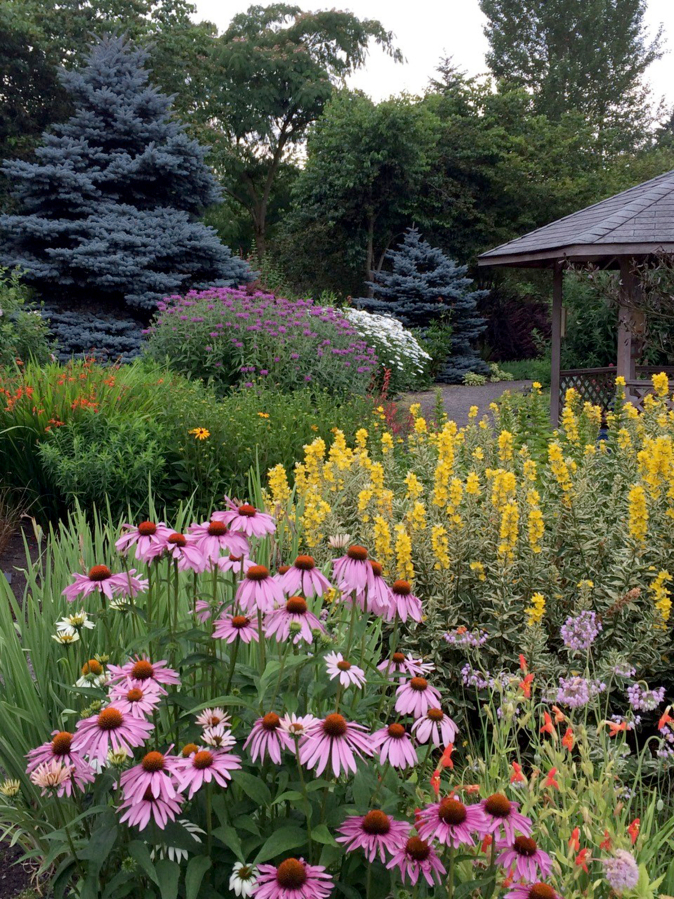I was intrigued by the article on meadowscaping in The Columbian on Jan. 11. What is your reaction to this idea? Do you have any suggestions for doing it?
When I was still active in the landscape business I did two projects similar to what was described in the article.
In one case we removed wild blackberries from a large sloping area, which was viewed from a back deck. We sowed a mix of wildflower seeds. Germination was limited because of irregular rainfall. Then the blackberries grew back with a vengeance. The second time we sprayed the blackberries to kill the roots. Then we planted some perennial flower plants in areas where rainwater collected temporarily. After a year, these plants developed into a colorful display. The rest of the area grew up with wild grasses with an occasional wildflower here and there.
The second project was in a smaller portion of a large backyard landscape with a lawn. We sowed a wildflower mix in an area with a sprinkler system. Seed germination was quite good. We had to hand pull a lot of annual weeds that came up along with the flowers. By the second year the flowers were established and grew thick enough that there were a lot fewer weeds.



